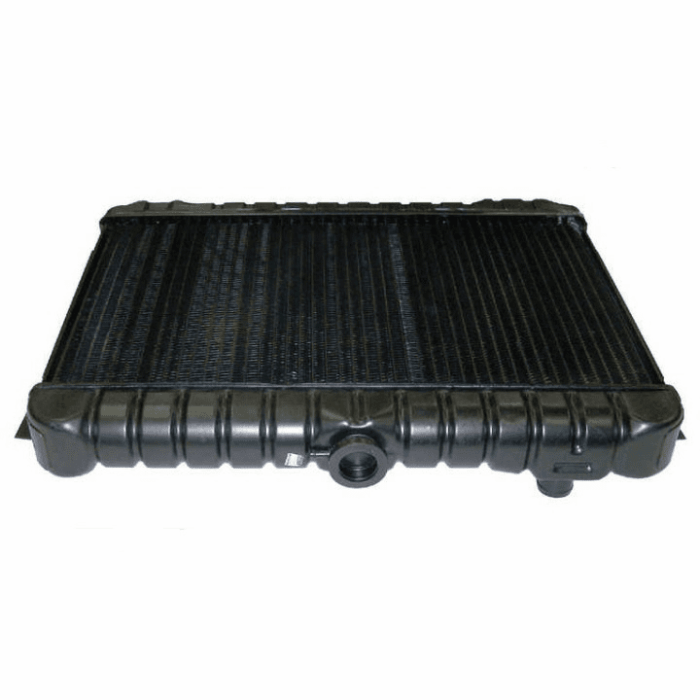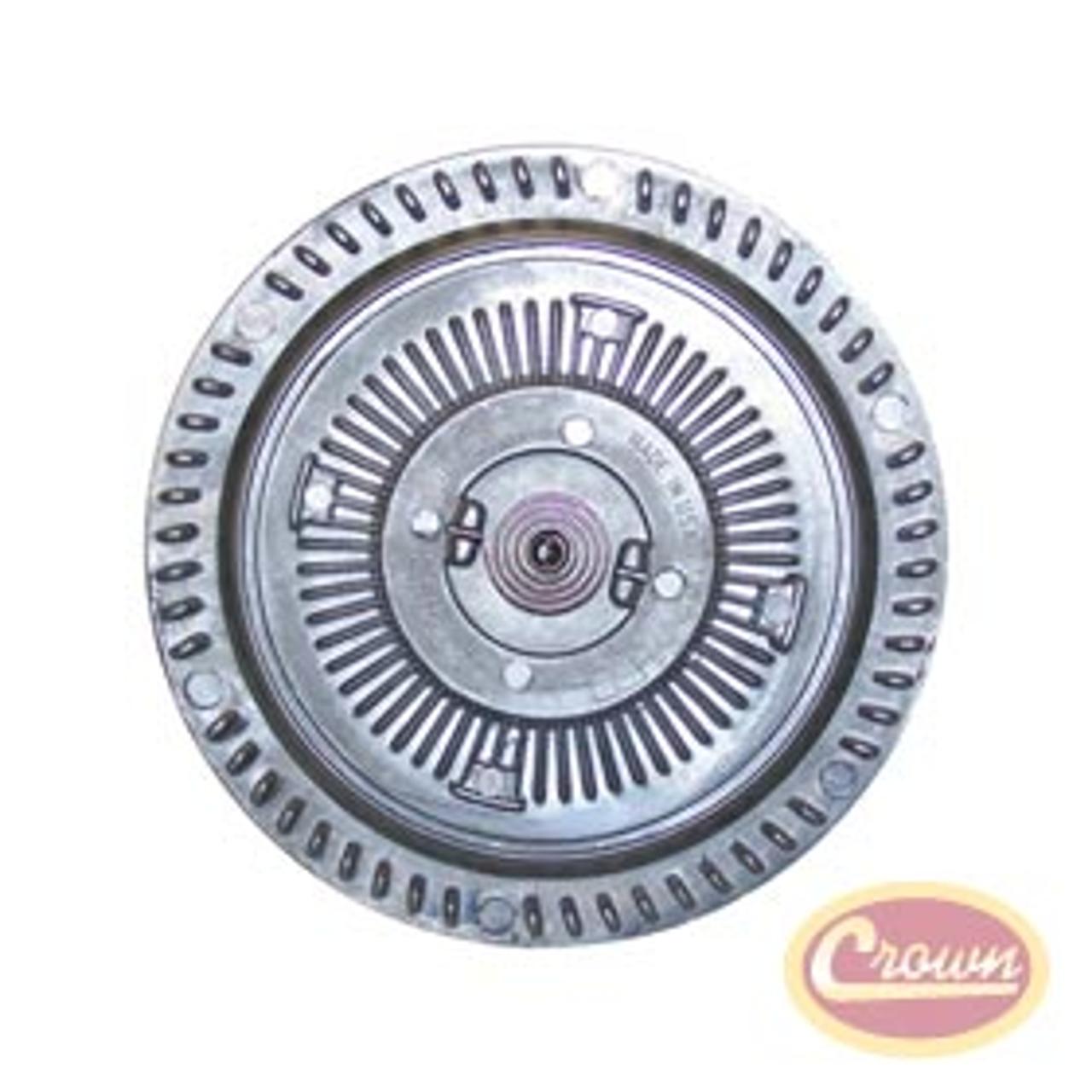Jeep cooling system parts are crucial for maintaining optimal engine temperature and preventing overheating. Understanding their function and potential issues is key to ensuring your Jeep runs smoothly and reliably. This guide delves into the vital components of a Jeep’s cooling system, from the radiator and water pump to the thermostat and hoses, explaining their roles and common problems encountered by Jeep owners.
We’ll explore preventative maintenance strategies and provide insights into troubleshooting common cooling system malfunctions.
Proper maintenance of your Jeep’s cooling system is essential for preventing costly repairs and ensuring the longevity of your vehicle’s engine. Regular checks, timely replacements of worn parts, and understanding the signs of cooling system failure can save you time, money, and potential breakdowns. This guide aims to empower you with the knowledge to effectively care for this critical system.
Jeep vehicles, renowned for their off-road capabilities and ruggedness, demand a robust and reliable cooling system to handle the extreme conditions they often face. Understanding the intricacies of your Jeep’s cooling system is crucial for maintaining optimal performance, preventing overheating, and extending the lifespan of your engine. This comprehensive guide delves into the various components of a Jeep cooling system, their functions, common issues, and preventative maintenance strategies.
We’ll cover everything from the radiator and water pump to the thermostat and coolant, providing you with the knowledge to keep your Jeep running cool and strong.
Key Components of the Jeep Cooling System: Jeep Cooling System Parts
The Jeep cooling system is a complex network of interconnected parts working in harmony to regulate engine temperature. Let’s explore the key players:
1. Radiator
The Heat Exchanger
The radiator is the heart of the cooling system, responsible for dissipating heat from the engine coolant. It’s a large, finned unit located at the front of the vehicle, receiving airflow from the radiator fan and while driving. Over time, radiators can become clogged with debris, reducing their efficiency. Signs of a failing radiator include leaks, low coolant levels, and overheating.
Regular flushing and inspection are vital for maintaining its performance. Different Jeep models may have different radiator capacities and designs, so always refer to your owner’s manual for specifics.
2. Water Pump
The Coolant Circulator
The water pump is a crucial component that circulates coolant throughout the engine block and radiator. Driven by a belt connected to the crankshaft, it ensures continuous coolant flow, preventing overheating. A failing water pump can lead to insufficient coolant circulation, resulting in engine overheating and potential catastrophic damage. Symptoms of a failing water pump include leaks, unusual noises (whining or squealing), and overheating.
Regular inspections for leaks and belt tension are essential.
3. Thermostat
The Temperature Regulator
The thermostat acts as a valve controlling coolant flow. When the engine is cold, it remains closed, restricting coolant flow to allow the engine to warm up quickly. Once the engine reaches its optimal operating temperature, the thermostat opens, allowing coolant to circulate through the radiator for cooling. A malfunctioning thermostat can lead to either overheating or insufficient engine warm-up, impacting fuel efficiency and engine performance.
Symptoms include inconsistent engine temperature readings, overheating, or difficulty reaching operating temperature.
4. Coolant
The Heat Transfer Medium
Coolant, also known as antifreeze, is a crucial fluid that absorbs heat from the engine and transfers it to the radiator for dissipation. It’s a mixture of water and antifreeze chemicals, providing both cooling and anti-corrosion properties. Using the correct coolant type and mixture ratio specified by Jeep is essential to prevent corrosion and maintain optimal cooling efficiency.
Regular coolant flushes and changes are recommended to prevent buildup of contaminants and maintain optimal performance.
5. Radiator Fan
The Forced-Air Cooling System
The radiator fan assists in cooling the radiator, especially at low speeds or when the engine is under heavy load. It’s an electrically driven fan that pulls air through the radiator, increasing heat dissipation. A malfunctioning radiator fan can lead to overheating, particularly in stop-and-go traffic or during hot weather. Listen for unusual noises and check the fan’s operation to ensure it’s functioning correctly.
6. Pressure Cap
Maintaining System Pressure
The pressure cap maintains the correct pressure within the cooling system. This pressure helps prevent boiling and improves the coolant’s ability to absorb heat. A faulty pressure cap can lead to coolant leaks, pressure loss, and overheating. Regular inspection and replacement (as recommended in your owner’s manual) are crucial.

7. Hose Assemblies
The Coolant Pathways
Hoses connect various components of the cooling system, directing coolant flow. These hoses can degrade over time, becoming brittle and prone to cracking or leaks. Regular inspection for cracks, bulges, or leaks is vital. Replacing worn or damaged hoses is essential to prevent coolant leaks and maintain system integrity. Different hose types and sizes are used in different parts of the system, so always use the correct replacements.
Common Jeep Cooling System Problems and Troubleshooting
Several issues can arise within a Jeep’s cooling system. Recognizing the symptoms early can prevent major damage:
* Overheating: This is a major symptom indicating a problem within the cooling system. It can be caused by low coolant levels, a faulty thermostat, a failing water pump, a clogged radiator, or a malfunctioning radiator fan.
Coolant Leaks
Leaks can occur at various points, including the radiator, hoses, water pump, and pressure cap. Regular inspection for leaks is crucial.
Low Coolant Levels
This can indicate a leak somewhere in the system. Regularly checking the coolant level is essential.
Engine Temperature Gauge Fluctuations
Inconsistent readings on the temperature gauge can point towards a malfunctioning thermostat or sensor.
White Smoke from the Exhaust
This can indicate coolant leaking into the combustion chamber, a serious issue requiring immediate attention.
Jeep Cooling System Maintenance
Preventative maintenance is key to ensuring the longevity and efficiency of your Jeep’s cooling system:
* Regular Coolant Flushes: Flush the cooling system every 2-3 years or according to your owner’s manual recommendations.
Inspect Hoses and Clamps
Check hoses for cracks, bulges, or leaks regularly. Replace worn or damaged hoses immediately.
Check Coolant Level
Monitor the coolant level regularly and top it off as needed with the correct type of coolant.
Inspect the Radiator
Check the radiator for leaks, debris, and proper airflow.
Inspect the Water Pump

Listen for unusual noises from the water pump. Check for leaks.
Inspect the Thermostat
Check the thermostat for proper operation.
Check the Pressure Cap
Inspect the pressure cap for proper sealing.
Check Radiator Fan Operation
Ensure the radiator fan is functioning correctly.
Frequently Asked Questions (FAQ)
* Q: How often should I change my Jeep’s coolant?
A: Consult your owner’s manual for specific recommendations, but generally, coolant should be changed every 2-3 years or as recommended by Jeep.
Q
What type of coolant should I use in my Jeep?
A: Always use the type of coolant specified in your owner’s manual. Using the incorrect coolant can damage your engine.
Q
What are the signs of a bad water pump?
A: Signs include leaks, unusual noises (whining or squealing), and overheating.
Q
How do I check my coolant level?
A: Locate the coolant reservoir (usually a translucent plastic tank) and check the level. Ensure the engine is cool before checking.
Q
What causes overheating in a Jeep?
A: Overheating can be caused by various factors, including low coolant levels, a faulty thermostat, a failing water pump, a clogged radiator, or a malfunctioning radiator fan.
Resources
* [Jeep Owner’s Manuals](https://www.jeep.com/help/owners-manuals.html)Find your specific Jeep’s manual for detailed information on your cooling system.
-
[Your local Jeep dealership](https
//www.jeep.com/dealers.html)
- Consult a professional for diagnosis and repair of cooling system issues.
Call to Action
Keep your Jeep running cool and strong! Schedule regular maintenance checks and address any cooling system issues promptly to prevent costly repairs and ensure optimal performance. Contact your local Jeep dealership or a qualified mechanic for assistance.
User Queries
What are the signs of a failing Jeep cooling system?
Overheating, low coolant levels, white smoke from the exhaust, leaks under the vehicle, and a sweet smell (indicating coolant leak) are common signs.
How often should I flush my Jeep’s cooling system?
It’s generally recommended to flush your cooling system every 2-3 years or according to your Jeep’s maintenance schedule.
Can I use any type of coolant in my Jeep?
No, always use the type of coolant specified in your Jeep’s owner’s manual. Using the incorrect coolant can damage your engine.
What is the function of the thermostat?
The thermostat regulates the flow of coolant to maintain optimal engine temperature. It opens and closes to allow coolant to circulate when needed.
